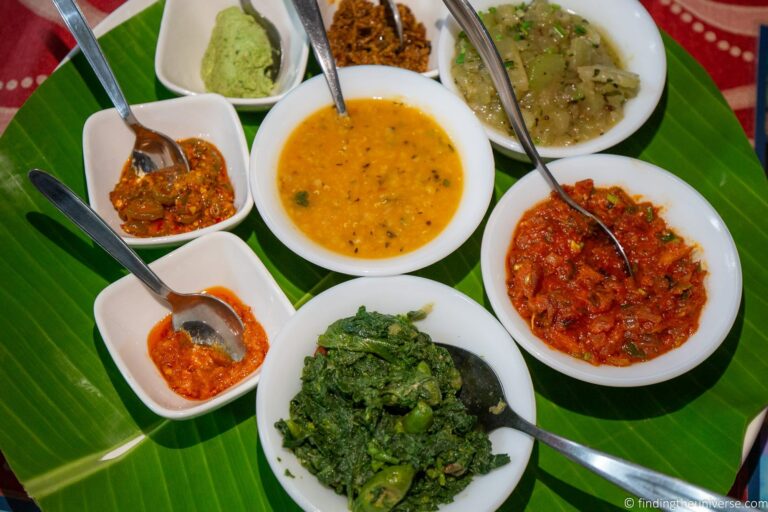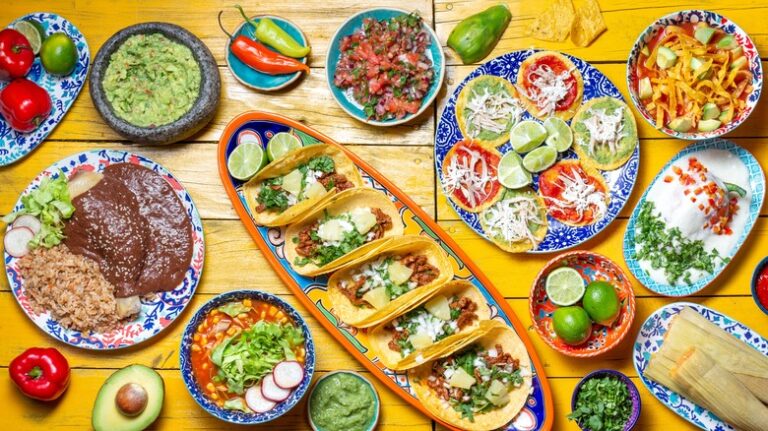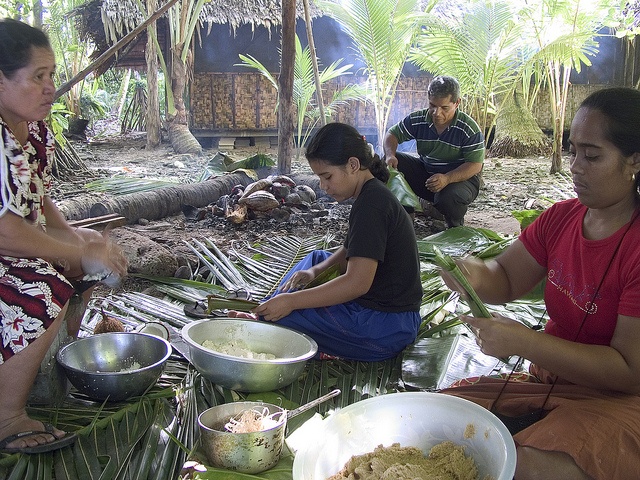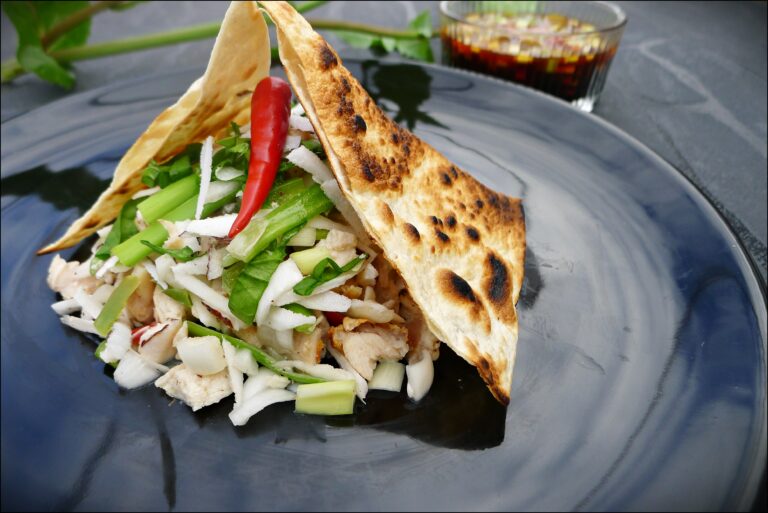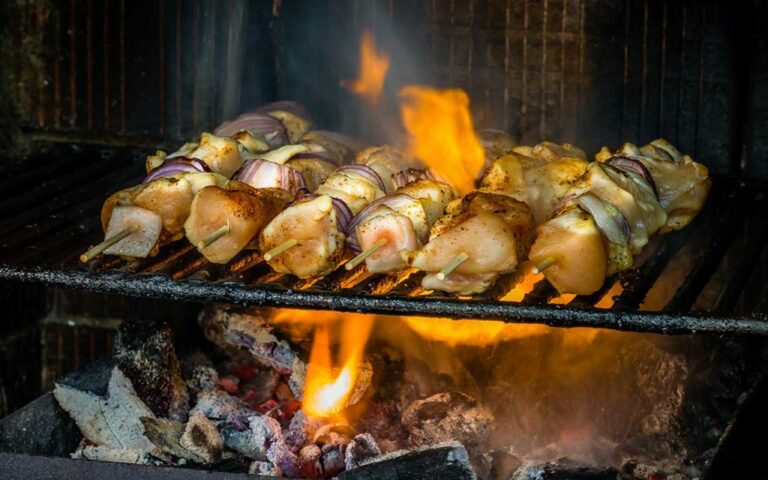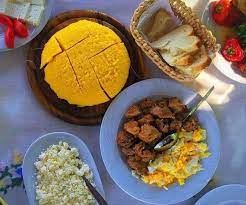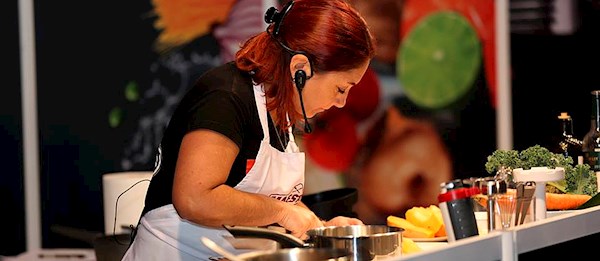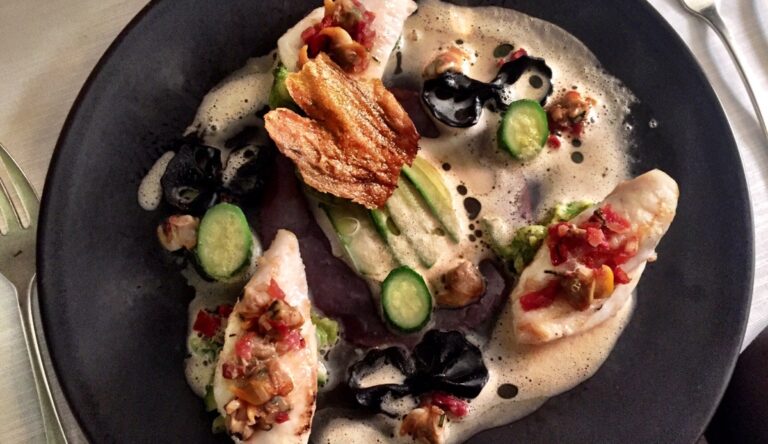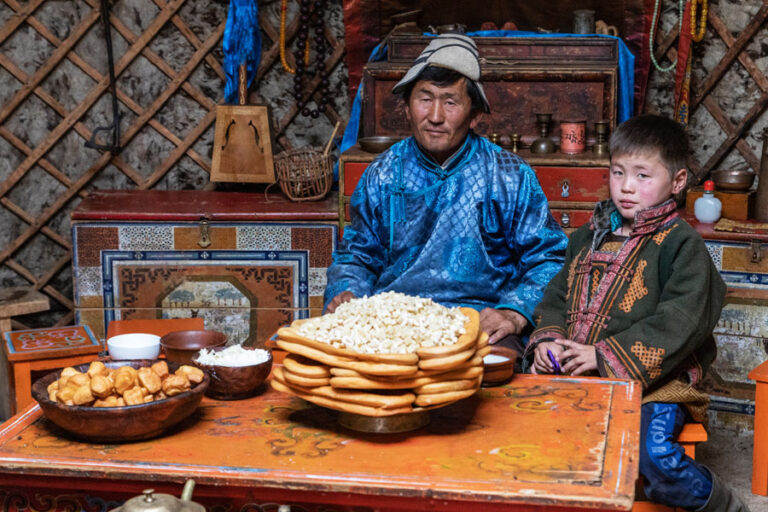Introduction to Mauritian cuisine
Mauritian cuisine is a fusion of different culinary traditions from different countries such as France, India, China, and Africa, reflecting the cultural diversity of the country. The cuisine is known for its bold flavors and spices, which are used to create unique dishes that are full of texture and aroma.
The cuisine also features an extensive use of seafood, fruits, and vegetables, which are abundant on the island. Some of the most popular dishes include biryani, rougaille, dholl puri, and gateau piment.
Traditional dishes and ingredients
Mauritian cuisine is rich in flavor and texture, and it is heavily influenced by the island’s multicultural heritage. Some of the most popular dishes include rougaille, which is a tomato-based sauce made with onions, garlic, and spices, and served with fish or meat. Another popular dish is biryani, which is a rice dish cooked with meat or vegetables, spices, and saffron.
Seafood is also an important part of Mauritian cuisine, and dishes such as octopus curry and fish vindaye are popular. Fruits such as mangoes, pineapples, and papayas are also commonly used in the cuisine, and they add a sweet and tangy flavor to dishes.
Cooking techniques in Mauritian cuisine
Mauritian cuisine is known for its unique cooking techniques, which have evolved over the years. One of the most popular techniques is the use of a tawa, which is a flat griddle used to cook bread and rotis. The cuisine also uses a lot of slow cooking techniques, which help to infuse the flavors of the spices into the dishes.
Another popular technique is the use of marinades, which are used to flavor meats and seafood before cooking. The marinades are made with a mix of spices and herbs, and they are left to infuse for several hours or overnight. This helps to tenderize the meat and infuse it with flavor.
Local markets and cooking classes
Visiting local markets is one of the best ways to learn about Mauritian cuisine and cooking techniques. The markets are filled with fresh produce, spices, and herbs, and they offer a great opportunity to interact with locals and learn about the ingredients and dishes.
Cooking classes are also a great way to learn about Mauritian cuisine. Many restaurants and hotels offer cooking classes where you can learn how to make traditional dishes such as biryani and rougaille.
Online resources for Mauritian recipes
There are many online resources for Mauritian recipes, including blogs, recipe websites, and YouTube channels. Some of the most popular websites include mauritianfood.com, cookingwithria.com, and islandsmile.org. These websites offer a wide range of recipes and cooking tips, and they are a great way to learn about Mauritian cuisine from the comfort of your own home.
Best restaurants for trying Mauritian cuisine
There are many restaurants in Mauritius that serve traditional Mauritian cuisine, and they offer a great opportunity to try the dishes and experience the flavors of the cuisine. Some of the most popular restaurants include La Table du Chateau, La Clef des Champs, and Chez Tino. These restaurants offer a wide range of dishes, including seafood, meat, and vegetarian options, and they are a great way to sample the different flavors of the cuisine.

